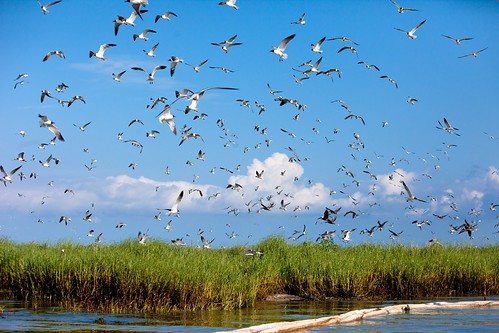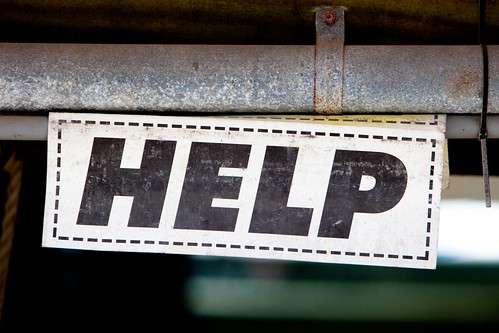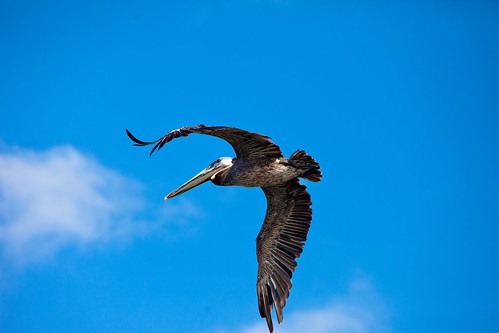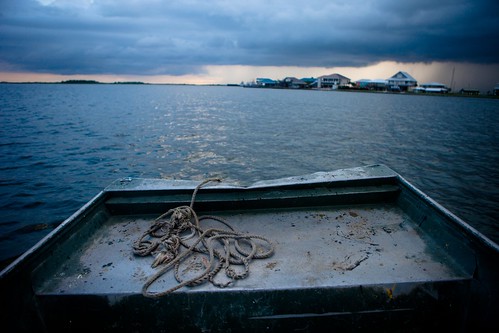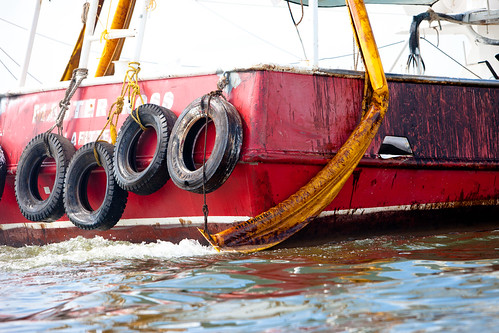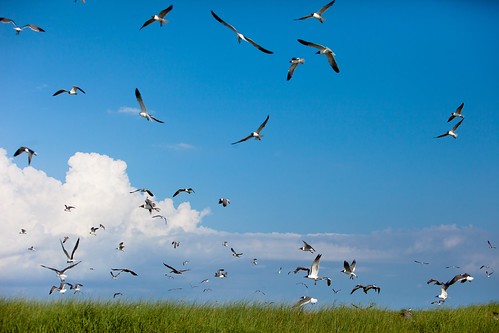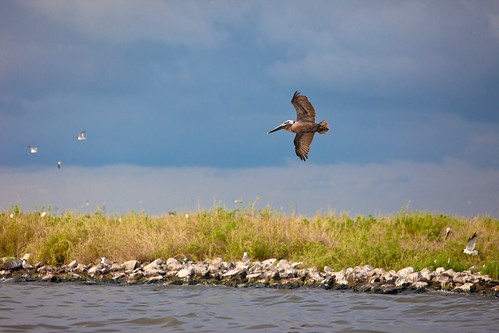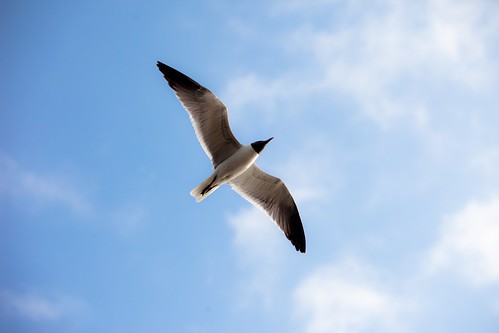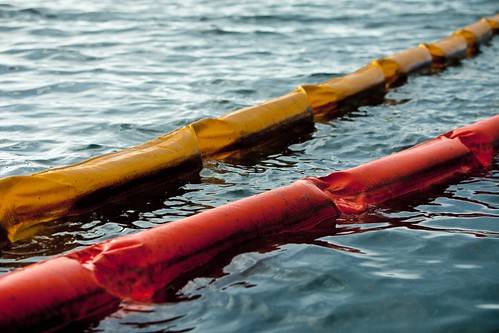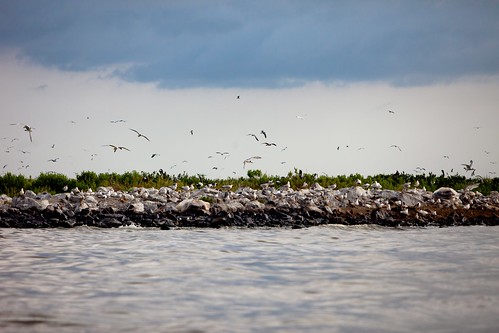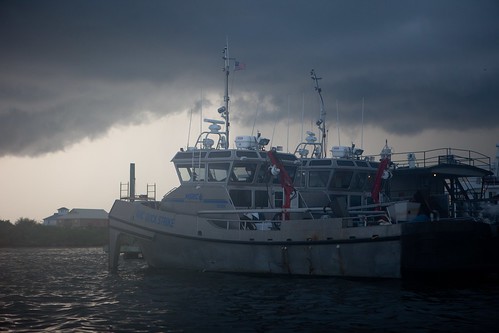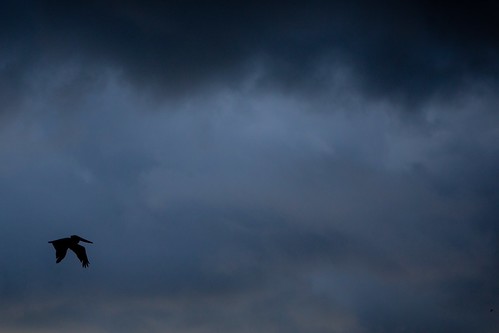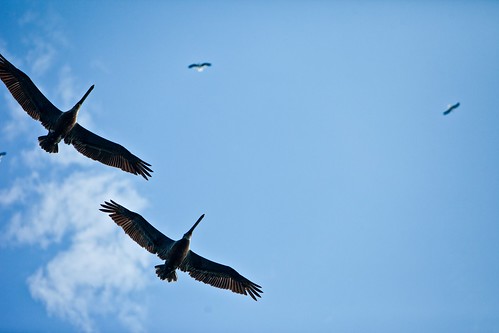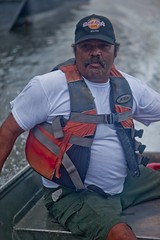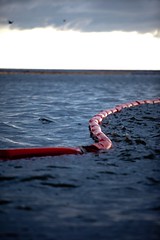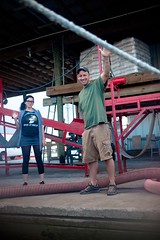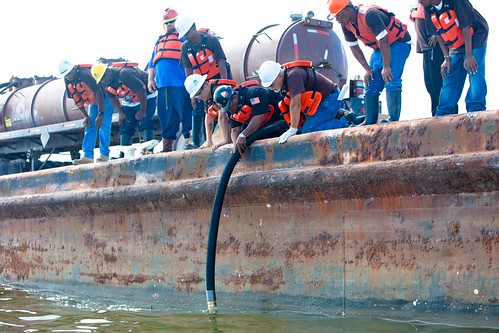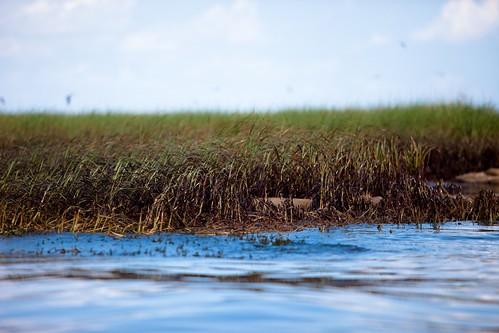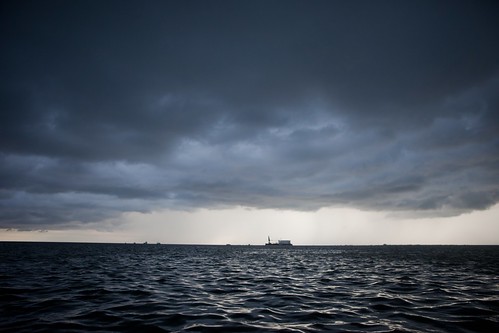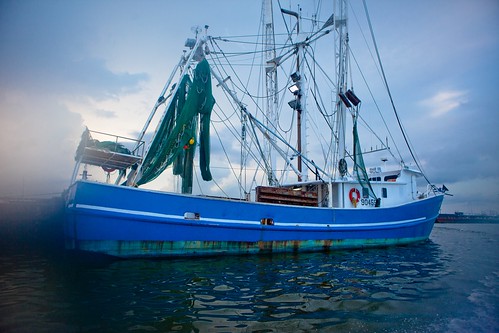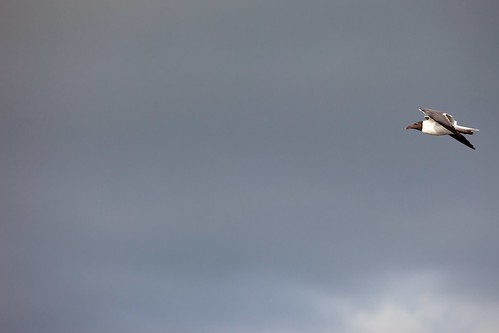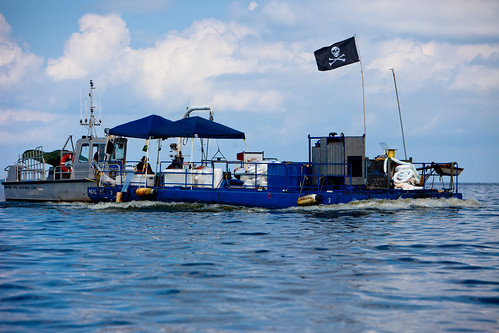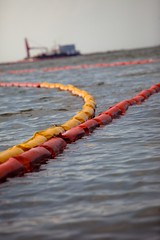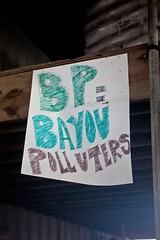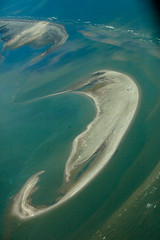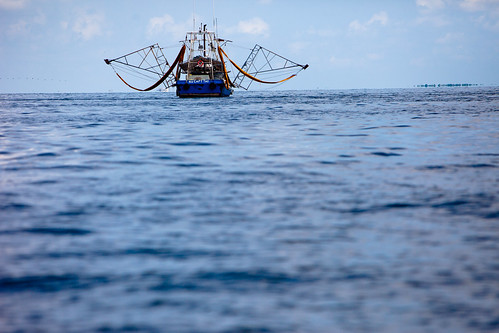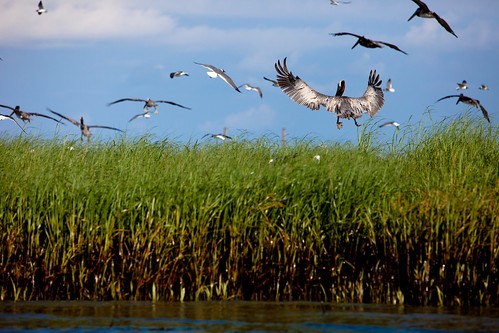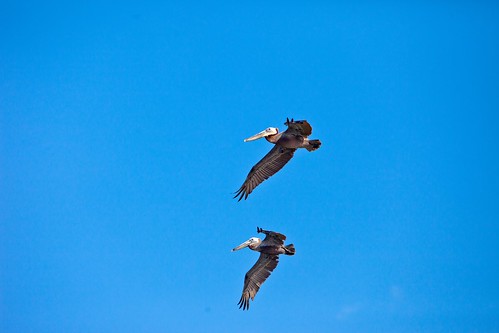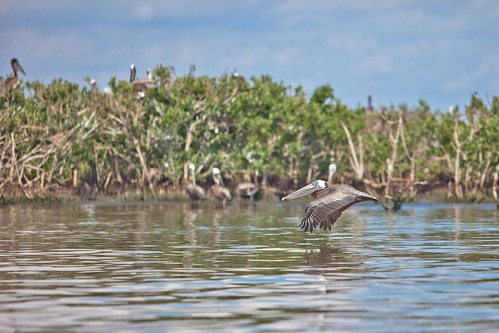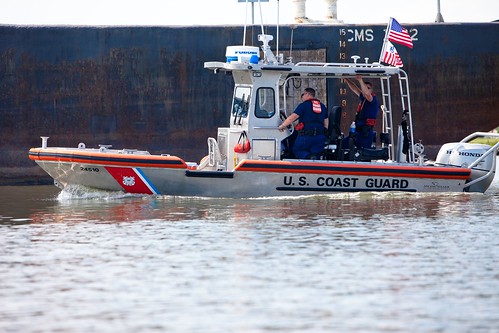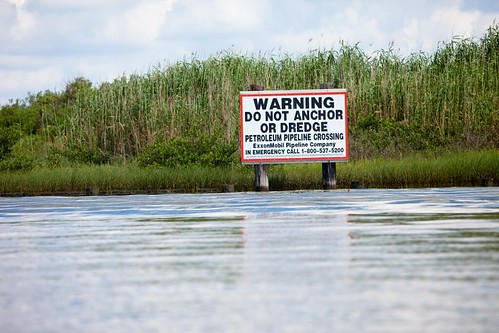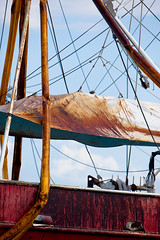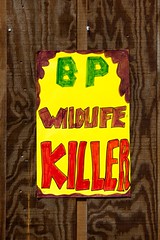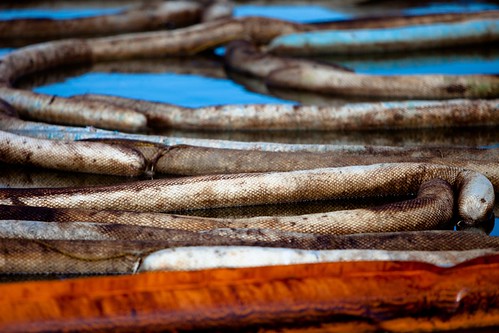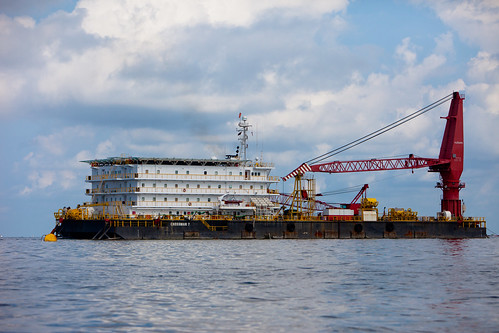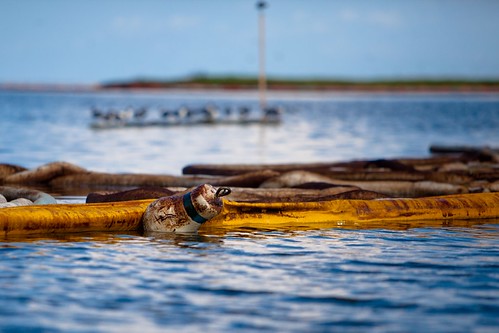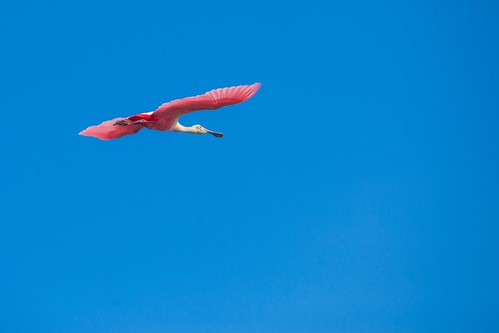Louisiana Coastal Wildlife Threatened as Oil Comes Ashore in Beautiful Barataria Bay
This past week the TEDxOilSpill Expedition team spent time in the Southern states that line the Gulf of the Mexico documenting the disaster that is slowly unfolding in Gulf waters. Exactly two months ago the Deepwater Horizon oil well owned by British Petroleum sprung a terrible leak thousands of miles under the water’s surface. The oil well has consistently leak millions of gallons of crude oil into the Gulf on a daily basis, with little to no stopping it. This catastrophe has affected so many areas of the Gulf Coast, not just touching upon the beaches and devastating the fisherfolk communities but also displacing hundreds of birds from their homes. Overall the amount of damage is infuriating.
A collective call to action and response has emerged from this unsettling situation into the formation of the TEDxOilSpill event that is happening in Washington, DC on June 28th. The TED-inspired event will feature speakers from the NOLA areas, scientists who have studied in the Gulf of Mexico, policy makers about energy reforms on a government level and photos from the TEDxOilSpill Expedition. Photographers Kris Krüg, Duncan Davidson and Pinar Ozger, alongside the documentary words from Darron Collins, will curate the images for the event from this past week.
One of the most heart wrenching communities that are affected by this disaster are the native wildlife to the Gulf Coast. Marine life, bird species, fish and mammals are all being caught in the effects of the oil spill, either by having their habitats destroyed or literally getting covered in crude oil. Either way the effects are monstrous and fatal in most areas. The wildlife are innocent bystanders and yet seem to be taking some of the biggest hits when it comes to the devastation. Bird and wildlife rehab centers have been setup through the Gulf to attend to the hundreds of birds that require serious oil cleaning.
The Expedition team had the chance to head out into the Southern Louisiana marshlands with a local fisherman as a guide around some of the most inhabited bird islands. These photos depict the horror that is being committed in this area: stunning landscapes and overpopulated habitats are being destroyed by crude oil being washed ashore. The truly sad thing is that most of the wildlife has nowhere to go as many have young that have just hatched.
Many of the boats that are helping with various aspects of the cleanup effort often come back into the harbors and bays with massive amounts of oil coverage. The unfathomable amount of oil that is being spilled into the Gulf is often unseen as the majority is at deep sea levels yet it is very easy to see the crude oil smeared across the sides, backs, and tops of the boats coming back in from the Gulf. Everywhere is being affected by this catastrophe.
Here are some of the photos by Kris Krüg of the journey to Bird Island:
Dozens of laughing gulls take to the blue skies over a small island in the marshlands of southern Louisiana.
This beautiful bird is a brown pelican and was just released off the endangered species list just over six months ago. These birds are one a few species that is feeling the effects of the oil spill the most.
A beautiful underside view of a laughing gull in full flight.
Often times these surface floatation devices called booms are the first line of defense against the travelling oil spill. Most coastal areas through the Gulf of Mexico are lined with them.
From a distance it is surely hard to distinguish rocks from the hundreds of birds that cover the shores of this Southern Louisiana island. Many of these birds have nowhere to go and end up hanging out on the oiled banks.
The oil spill that has come from the leak in the Deepwater Horizon oil well is primarily a deepwater leak. This means that the mass majority of the crude oil that is spilling into the Gulf is doing so for hundreds of miles below the surface. What oil that is seen on the surface is merely a fraction of the damage.
A large boat awaits departure into the Gulf of Mexico in Grand Isle, Louisiana.
In the early morning light a lone brown pelican flies just under a brewing storm cloud in Louisiana.
Two large brown pelicans fly against a blue sky backdrop.
While in Grand Isle, half of the TEDxOilSpill Expedition team was able to head out into the marshland waters with the assistance of Captain Joseph. The other half of the team, fiercekitty and Darron Collins stayed on the mainland.
What appears to be oil pirates capitalizing on the oil spill are actually cleanup workers attempting to vacuum the crude oil out of the water. This technique is not very successful but Kevin Costner just released new machines that are much better at this task.
Boom that is used as a defense against the migrating oil is only effective when it stays in the water. Unfortunately the boom is fairly lightweight and is susceptible to movement by weather conditions.
Many local Gulf residents are frustrated by the mere fact that the oil spill has singlehandedly destroyed the main livelihood of the fisherfolk communities. The oil spill had the disastrous misfortune of happening at the beginning of the fishing season.
Brown pelican babies congregate on this small island in Grand Isle, Louisiana. Many of these birds are very young which proves to be an extremely vulnerable stage of life as their survival rate is being compromised by the destruction of their habitat.
The early morning brings in an early storm to the shoreline of Grand Isle in Louisiana.
Many of the fisherfolk have been unable to fish for this year’s season due to the contaminated Gulf waters. In lieu of their normal liveliood, many fisherfolk have been hired for the cleanup response instead.
The aftermath of a boat that has ventured into the Gulf of Mexico. In many coastal harbors it is commonplace to see such boats as this oil-caked one.
A single laughing gull travels through the stormy skies of Grand Isle, Louisiana.
A rogue pirate flag flies high on this supplies barge.
More boom, a protesting poster and an island that is shaped like a seahorse.
These boats in the past were used for shrimping but have been put out of commission due to the oil spill. For the past two months they have been scooping up surface oil instead.
A brown pelican attempts a landing in a sea of oil-soaked marsh grasslands.
Two brown pelicans fly side by side in the blue sky. These relatively small pelicans can have wingspans up to 8 feet.
A brown pelican swims low to the oily waters in Grand Isle, Louisiana.
Many different groups and organizations are taking part in the Gulf cleanup effort. Here a US Coast Guard boat makes its way out into the waters.
A sign just off the shores of the marshlands states a warning to watch out for petroleum pipeline crossing. It is unbelivable how much of the Gulf of Mexico is being drilled for oil.
More protest signs and severely oiled boats line the waterways in Grand Isle, Louisiana.
When effective the boom in the water acts as a sponge for the crude oil that reaches the top surface. Once the boom is heavy with oil, it is replaced.
Despite the environmental destruction that is going on around them, young pelican parents come back to their island habitat to feed their very young offspring.
Real estate and housing prices in coastal cities have sky rocketed in the past two months due to the oil spill. Thousands of cleanup workers are working just in the coastal areas, for sometimes weeks on end, and they all need housing accommodations. Some have resorted to having housing on the waters like this barge unite.
An oil covered buoy gets stuck in the boom.
The back end of this boat, which normally is white, was soaked by the crude oil from the Gulf. There are some parts of the oil spill that coat the water in this dark brown color.
Such beauty in such a devastatingly dark place. A streak of hot pink flies through the air as a brightly colored Roseate Spoonbill glides in through the sky, high above the oiled island below.
The most heartbreaking realization about this whole situation is that the oil is still leaking into the beautifully diverse and rich Gulf of Mexico. The facts and images are terribly overwhelming and can leave one feeling truly helpless. The effects of this catastrophic event will be felt for years to come.
For more information:
Help Support the TEDxOilSpill Expedition Team
Static Photography heads down to the Gulf with TEDxOilSpill Expedition
TEDxOilSpill Expedition Team Takes to the Skies
TEDxOilSpill Expedition photos by Kris Krüg
TEDxOilSpill photos by Duncan Davidson
TEDxOilSpill photos by Pinar Ozger
